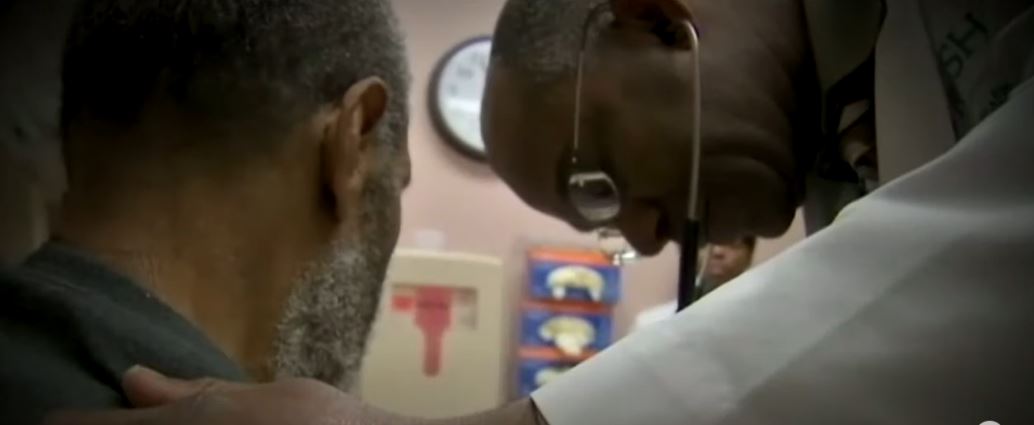
Once again, this is the time of year when the norovirus terrorizes a large portion of the United States. According to the Centers for Disease Control and Prevention, the pathogen is responsible for 19 to 21 million illnesses, 109,000 hospital admissions, 900 deaths, and 465,000 ER visits annually.
The organization provides three-week moving averages of positive test rates for the country’s norovirus trends. Infections reached their peak this season (2023–2024) during the week of December 30, 2023, with 13% positivity. Since then, rates have varied, peaking at 12.3% positivity during the week of February 17, 2024.
Let’s know about the norovirus and how it spreads.

The norovirus, also known as the stomach flu, “spreads with remarkable ease,” according to Dr. William Schaffner. According to him, it is also known as “the cruise ship virus” and “winter vomiting disease” because of how easily it can spread among people.
It is typically transmitted from person to person by “fecal-oral.”. It is the most common cause of foodborne illness in the United States, and it can be contracted by consuming contaminated food or water, according to the CDC.
As per pediatrician and head of clinical, Dr. Ali Alhassani, viruses can cause illness with a very small amount of virus; they are often invisible to the naked eye.
It is easy to unintentionally spread and catch the disease because the virus is mainly spread by fecal particles that are invisible to the human eye. You can actually be infected via aerosols” if you’re close to someone who is vomiting. Also, make sure to always wash your hands, whether its after changing kids’ diapers or using the restroom.
What are the signs of the norovirus?
Norovirus is typically very violent and inconvenient. The following are typical symptoms, per the CDC:
- Nausea
- The Diarrhea
- Vomiting
- Pain in stomach
- High fever with headache
- Body pain.
After exposure, symptoms typically appear 12–48 hours later and persist for 1–3 days.
Is there a treatment for norovirus?
There are no such antibiotic drugs that can cure norovirus. However, you should make sure to stay hydrated in order to make up for the fluids lost due to diarrhea and vomiting.
In the event that your child has norovirus, keep an eye out for symptoms of dehydration, such as little to no tears and unusually drowsy or fussy behavior.
Contact your healthcare provider if you believe that you or someone you are caring for is seriously dehydrated. Drinks, along with other nonalcoholic, caffeine-free beverages, may be able to help treat mild dehydration.
Is the norovirus season here?
Although it is known to spread through social gatherings at other times of the year, such as spring or summer weddings or cruises, norovirus is primarily a winter virus.
Experts warn that, at least in the near future, since pandemic restrictions have been universally lifted, we will all be experiencing infectious diseases more frequently. We should keep in mind that during COVID lockdowns, we’re essentially going from almost no cases of anything to a bunch of cases of something.
We’re out and about spreading our germs to one another once more.” Schaffner says, “It’s really taking advantage of our having gotten together for the first time in several years.” February is a typical time for noroviruses to spread.
What is the best way to protect your family and yourself against norovirus?
- Clean your hands with soap and water.
- Antimicrobial products should be used to clean and disinfect surfaces (a chlorine bleach solution).
- Remain away from sick people.
- If you’re sick, don’t prepare or serve food for other people.
Adults should practice extra diligence in washing their hands before eating, and they should also encourage their children to do the same.
Hand sanitizers with alcohol content are ineffective against certain viruses, such as norovirus. Thus, wash your hands instead of using hand sanitizer.
Soiled clothing and linens should be washed for the longest cycle possible in hot water with detergent. Dry them in a machine using the highest setting.
Ostrosky stresses the value of paid sick leave, especially for food workers in the event of a pathogen like norovirus, and advises staying at home if you’re sick instead of preparing and serving food for others.
Fortunately, most people “recover from this illness after two to three days of misery,” the expert says.
105 words (Less than 1 page)

New Annotation Tool:
98 words (Less than 1 page)



New Annotation Tool: